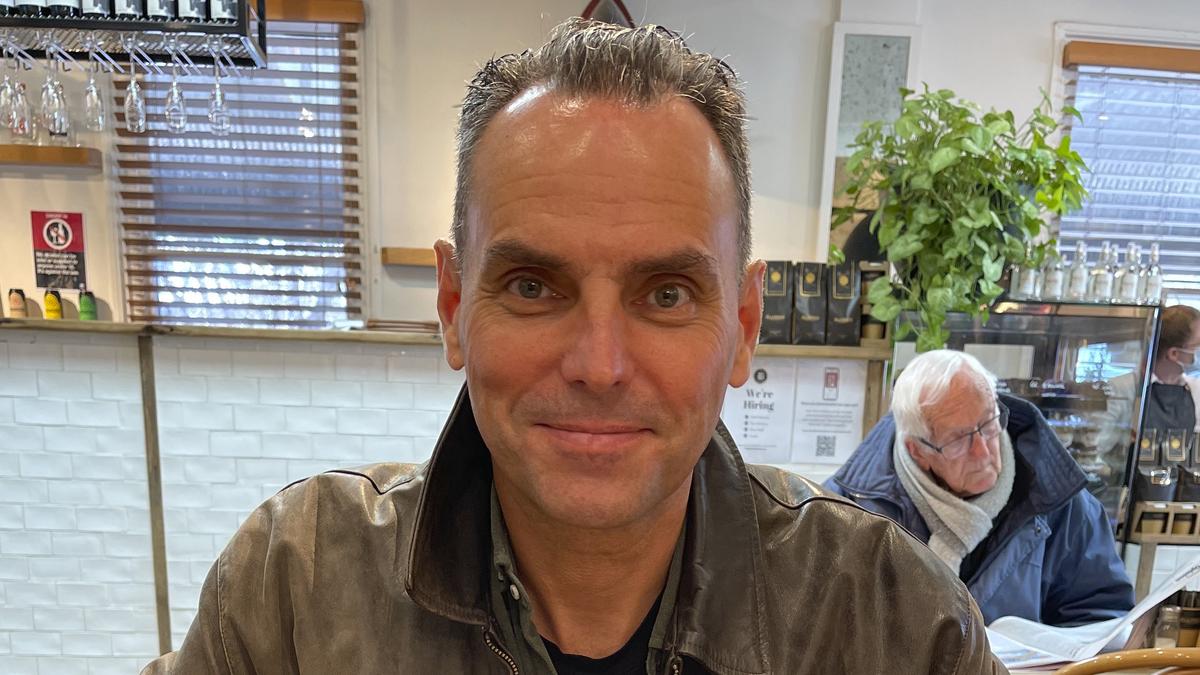Listen to Australian and world news, and follow trending topics with
Villagers and rescue teams in a remote and mountainous province in Papua New Guinea’s north use whatever tools are at hand to try and recover the bodies buried under up to eight metres of soil and rubble.
With excavation machinery yet to arrive, branches, shovels and even bare hands are being used to clear away debris.
The waterlogged terrain is unstable, giving rise to fears of another landslide – and the outbreak of disease.
Itayi Viriri is the Asia-Pacific regional spokesman for the UN agency for migration, the International Organisation for Migration.
“Shelter, food, water. And clean water is essential of course, and what is happened there is that the landslide is actually covered most of the drinking water sources in the area. So the community will need a lot of water. There’s also still risk of further landslides because, I mean, this area had never had the landslide of this nature. So the fears that maybe another one could happen, the rain is still falling, and the conditions are such that even for those who are attempting recovery and rescue efforts, the ground is still quite unsafe for them to operate on.”
He says around 7,849 people need to be evacuated from the area – including 1,650 who had already been displaced, seeking refuge from tribal fighting.
Complicating that task is the destruction of parts of the road – and the collapse of a bridge connecting Enga to the rest of the region via the airstrip at Mount Hagen.
The Papua New Guinea Defence Force says five to 10 heavy earth-moving machines are on their way.
Once the official request from PNG for international help was issued on Sunday, Australia was among the first countries to respond.
The aid package includes an initial $2.5 million plus hygiene kits and other emergency relief supplies.
A group of technical experts from Australia are also being deployed, including a geohazard assessment team and drones to help map the site.
Mr Viriri says that assistance is desperately needed.
“So one alternative route takes an extra three hours. So again, this is where the support from Australia and other countries in bringing engineers will really help to speed up the humanitarian response.”
So far, only six bodies have been recovered and Papua New Guinea’s prime minister James Marape estimates the number of dead at 2,000.
He says he expects the final figure could be even greater, with up to 70,000 people living in the impact zone.
Speaking in parliament, he says the loss of so many lives is devastating.
“I rise with a heavy heart that the village of Yambali in the Muritaka LLG (local level government) is now no more. On the night of the 24th of May, our people in that village went to sleep for the last time, not knowing that they would breathe their last breaths as they were sleeping peacefully.”
Mr Marape says the role of heavy rainfall in triggering the landslide cannot be overlooked.
“In this year, we had extraordinary rainfall that has caused flooding in river areas, sea level rise in coastal areas and landslips in a few areas.”
He says this year’s national budget will be reviewed to take into account disaster recovery efforts.
Meanwhile, condolences continue to come through from world leaders.
Pope Francis says the victims and survivors are in his thoughts and prayers, ahead of a planned trip to the country in September.
“I want to assure you of my prayers for the victims of the big landslide that swept through some villages in Papua New Guinea. May the Lord comfort the family members – who have lost their homes and the people, whom God willing, I will visit next September.”
Aid agencies say the focus right now is the short-term needs of survivors – but they expect the impact could last for years or even decades.






